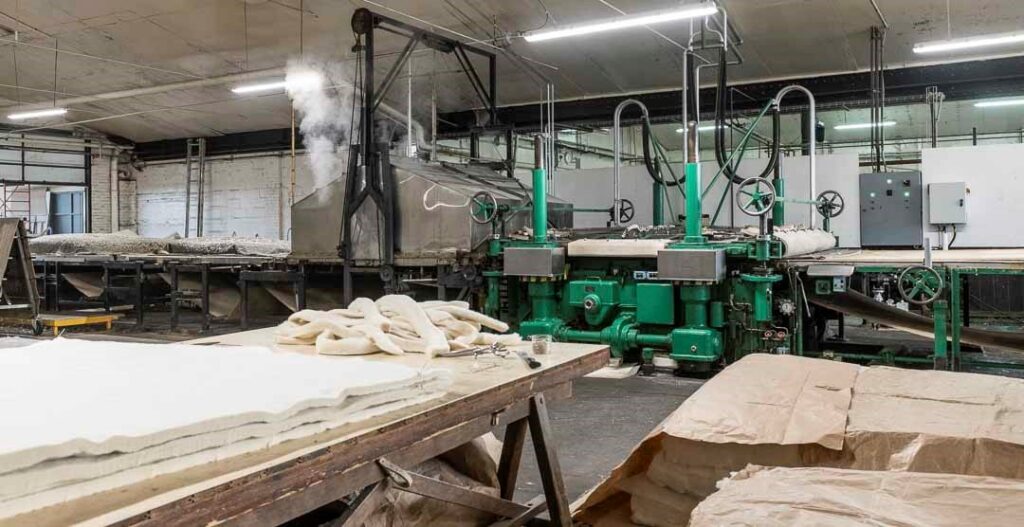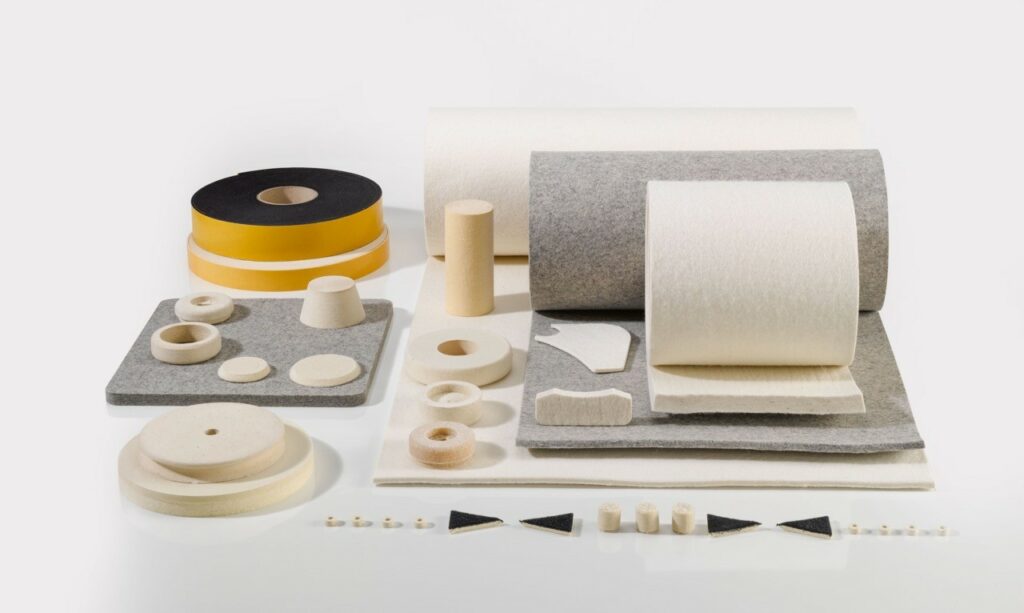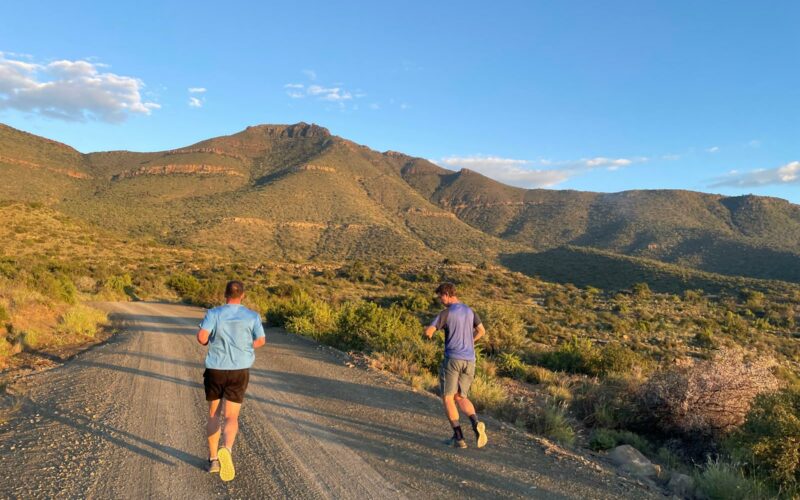Felting is a natural process by which wool fibres are transformed into a solid, compact material called felt. This technique, known as felting, has been used by many cultures around the world since the dawn of time.
There are various techniques for processing wool into felt: by moistening it, using a needle or hot water, using traditional or industrial methods.
But very often, for end-consumers, felting is a result of a mistake in the care of woollen textiles.
In this article, we explore the process of felting wool and the unique qualities and uses of the resulting felt.
The felting process
Wool felt is a non-woven fabric. The fibres are randomly intermingled to form a dense, compact fabric. We go from the fibres to the product without spinning, weaving or knitting.
This phenomenon occurs thanks to the scales found on animal hair and wool in particular. Under mechanical action (friction, needles…) each wool fibre advances in relation to the others in a single direction, the scales preventing the fibre from moving backwards, like sealskin under touring skis.
By advancing randomly, the fibres intermingle until they form a compact mass. As long as it’s not too compact, you can give it the shape you want.
Heat and humidity cause the scales to open a little, accentuating this phenomenon.
Felting can be a risk when caring for woollen garments.
This is the same phenomenon that occurs when you inadvertently put a woollen garment in the washing machine on an unsuitable programme, such as a high temperature, a spin speed that is too fast or an inappropriate detergent.
This is why it is so important to wash wool products at a low temperature and dry them flat.
Sometimes wool is treated to prevent felting. You can wash at a slightly higher temperature and sometimes even use the tumble dryer.

The qualities and uses of wool felt
Sheep’s wool felt has all the qualities of wool in general: natural, biodegradable, thermal and hygrometric regulation, odour reduction, high combustion temperature.
Felt can even be waterproof to a certain degree, a quality appreciated by hat makers.
Depending on the type of wool used, felt can be softer.
It is used in clothing, footwear, decoration and also by the automotive and construction industries.
Here are a few examples of how felt is used:
– Decorative panels for sound and heat insulation.
– Textiles such as jacket collars, coats, hats, the soles of certain slippers, etc.
– Abrasives for polishing precious stones
– Piano hammers
– In engine sound and heat insulation

Felt is a unique, natural, durable and extremely versatile material that requires very little care. It inherently has many of the qualities of wool and can be used in a wide range of applications, not just in the textile industry.




